Home>Gardening & Outdoor>Outdoor Recreation & Activities>How To Measure A Trampoline Spring
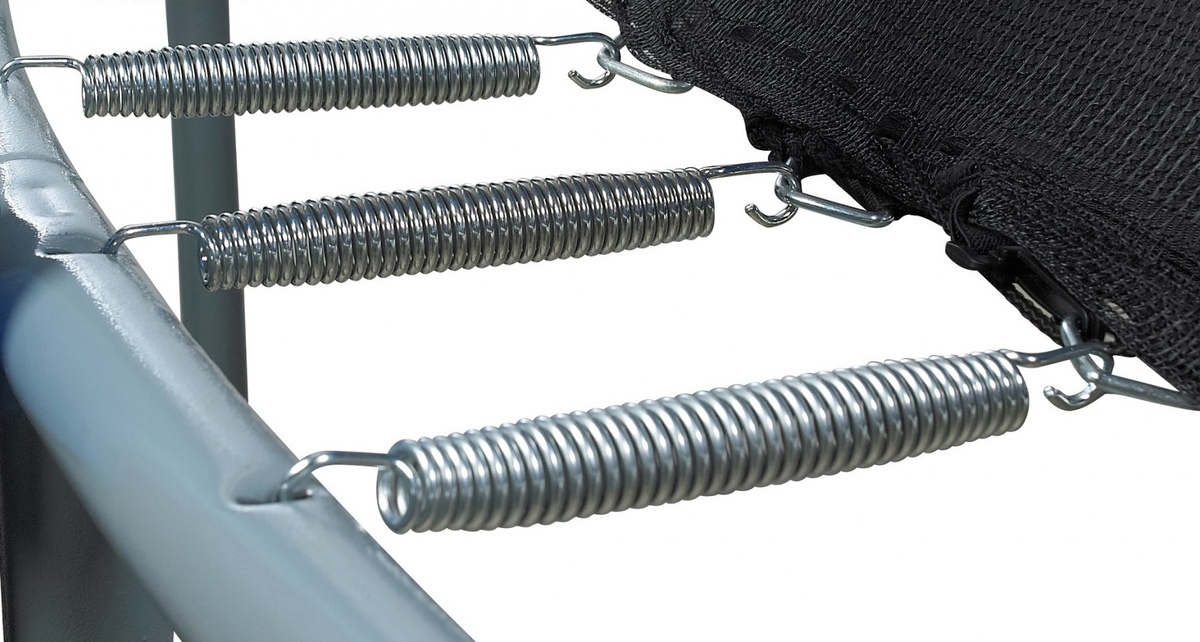

Outdoor Recreation & Activities
How To Measure A Trampoline Spring
Modified: February 18, 2024
Learn how to measure a trampoline spring for replacement or repair. Get the right size and keep your outdoor recreation and activities safe and enjoyable.
(Many of the links in this article redirect to a specific reviewed product. Your purchase of these products through affiliate links helps to generate commission for Storables.com, at no extra cost. Learn more)
**
Introduction
**
Welcome to the exciting world of trampolining! Whether you're a seasoned trampoline enthusiast or a novice looking to delve into this exhilarating activity, understanding the components of a trampoline is crucial. Among these components, trampoline springs play a pivotal role in defining the bounce and overall performance of the trampoline. In this comprehensive guide, we will delve into the importance of measuring trampoline springs, the tools required for this task, and the step-by-step process to ensure accurate measurements. By the end of this article, you will be equipped with the knowledge and skills to confidently measure trampoline springs, thereby enhancing the safety and enjoyment of your trampolining experience. So, let's spring into action and explore the world of trampoline springs!
**
Key Takeaways:
- Regularly measuring trampoline springs ensures a safe and fun bouncing experience by maintaining optimal tension and identifying wear and tear for timely maintenance.
- To measure trampoline springs, gather tools like a tape measure, marker, and safety gloves. Follow a systematic process to accurately measure and assess each spring.
Read more: How To Remove Trampoline Springs
Importance of Measuring Trampoline Springs
**
Trampoline springs are the unsung heroes that facilitate the exhilarating bounce that trampolines are known for. Properly functioning springs are essential for ensuring a safe and enjoyable trampolining experience. However, over time, these springs may experience wear and tear, affecting their elasticity and performance. This is where the significance of measuring trampoline springs comes into play.
Accurately measuring trampoline springs is crucial for several reasons:
- Safety: Properly tensioned and accurately measured springs contribute to the stability and safety of the trampoline. When springs are uneven or overstretched, it can lead to an imbalanced bounce and potential safety hazards.
- Optimal Bounce: Measuring the springs ensures that they are consistent in length and tension, thereby contributing to a uniform and enjoyable bounce across the entire trampoline surface.
- Maintenance: Regularly measuring the springs allows trampoline owners to identify any discrepancies or signs of wear, enabling timely maintenance or replacement to uphold the trampoline’s performance and longevity.
- Performance: Well-maintained and accurately measured springs directly impact the trampoline’s overall performance, providing users with a responsive and enjoyable bouncing experience.
By understanding the importance of measuring trampoline springs, trampoline owners can proactively maintain their equipment, prioritize safety, and optimize the trampolining experience for users of all ages.
**
Tools Required for Measuring Trampoline Springs
**
Measuring trampoline springs requires the use of specific tools to ensure accuracy and precision. Before embarking on this task, it’s essential to gather the following tools:
- Tape Measure: A reliable tape measure is indispensable for accurately determining the length of trampoline springs. Opt for a flexible and durable tape measure that allows for easy manipulation around the springs.
- Marker or Chalk: Having a marker or chalk on hand is beneficial for marking the starting and ending points on the tape measure, especially when measuring multiple springs. This helps maintain clarity and organization throughout the process.
- Safety Gloves: While not a measuring tool per se, safety gloves are essential for protecting your hands when handling trampoline springs. They provide a secure grip and minimize the risk of injuries from sharp edges or metal protrusions.
- Assistance: In certain cases, having an extra set of hands can be immensely helpful, especially when dealing with larger trampolines or springs that require significant tension release for accurate measurements.
By ensuring that these tools are readily available, trampoline owners can approach the task of measuring trampoline springs with confidence and efficiency, setting the stage for a thorough assessment and any necessary adjustments.
**
When measuring a trampoline spring, always measure from the end of one hook to the end of the opposite hook for an accurate length.
Steps for Measuring Trampoline Springs
**
Measuring trampoline springs involves a systematic approach to ensure precision and consistency across all springs. Follow these steps to accurately measure your trampoline springs:
- Prepare the Trampoline: Ensure that the trampoline is positioned on a flat and stable surface, allowing for easy access to the springs. If the trampoline has a safety enclosure, carefully detach or secure it to create unobstructed access to the springs.
- Release Tension: For safety and accurate measurements, release the tension from the spring you intend to measure. This can be achieved by carefully detaching the spring from the trampoline hook or anchor point. Exercise caution to prevent any sudden release of tension.
- Measure the Length: Using a tape measure, extend the tape alongside the entire length of the spring, from one end to the other. Ensure that the tape follows the natural curve of the spring to capture the accurate length. If the spring is coiled, gently straighten it to obtain a precise measurement.
- Mark the Measurement: Once the length of the spring is determined, use a marker or chalk to clearly mark the starting and ending points on the tape measure. This demarcation will aid in recording and referencing the measurements for multiple springs.
- Record the Measurements: Document the measured length of each spring, associating them with their respective locations on the trampoline. This record will serve as a valuable reference for identifying any discrepancies and planning necessary adjustments or replacements.
- Assess Tension and Condition: While measuring the springs, take note of their tension and overall condition. Look for signs of wear, corrosion, or deformation that may indicate the need for maintenance or replacement.
- Repeat the Process: Continue the measurement process for all the trampoline springs, ensuring thorough and consistent assessments across the entire trampoline assembly.
- Reattach the Springs: Once the measurements are complete, reattach the springs to their respective anchor points, ensuring that they are securely fastened and tensioned according to the manufacturer’s guidelines.
By meticulously following these steps, trampoline owners can effectively measure their springs, identify any areas requiring attention, and maintain the optimal functionality and safety of their trampoline.
**
Conclusion
**
Measuring trampoline springs is a fundamental aspect of trampoline maintenance and safety, ensuring that the springs are in optimal condition to deliver a safe and enjoyable bouncing experience. By recognizing the importance of accurate measurements, trampoline owners can proactively address any issues related to spring tension, length discrepancies, or signs of wear, ultimately contributing to the longevity and performance of their trampoline.
Equipped with the necessary tools and a systematic approach, trampoline owners can confidently embark on the process of measuring their springs, documenting the measurements, and assessing the overall condition of the springs. This proactive approach not only enhances safety but also contributes to the consistent and responsive bounce that trampoline enthusiasts cherish.
Regularly measuring trampoline springs should be incorporated into the overall maintenance routine, allowing for timely interventions and adjustments as needed. By prioritizing the accuracy of spring measurements, trampoline owners demonstrate a commitment to safety and quality, fostering a secure and enjoyable environment for trampolining enthusiasts of all ages.
In essence, the process of measuring trampoline springs goes beyond mere technicality; it embodies a dedication to maintaining a key component of a beloved recreational activity. Through diligence and attention to detail, trampoline owners uphold the integrity of their equipment, ensuring countless moments of exhilarating and carefree bouncing for years to come.
So, embrace the task of measuring your trampoline springs with enthusiasm, knowing that your efforts contribute to a safer, more reliable, and ultimately more enjoyable trampolining experience for all.
Frequently Asked Questions about How To Measure A Trampoline Spring
Was this page helpful?
At Storables.com, we guarantee accurate and reliable information. Our content, validated by Expert Board Contributors, is crafted following stringent Editorial Policies. We're committed to providing you with well-researched, expert-backed insights for all your informational needs.
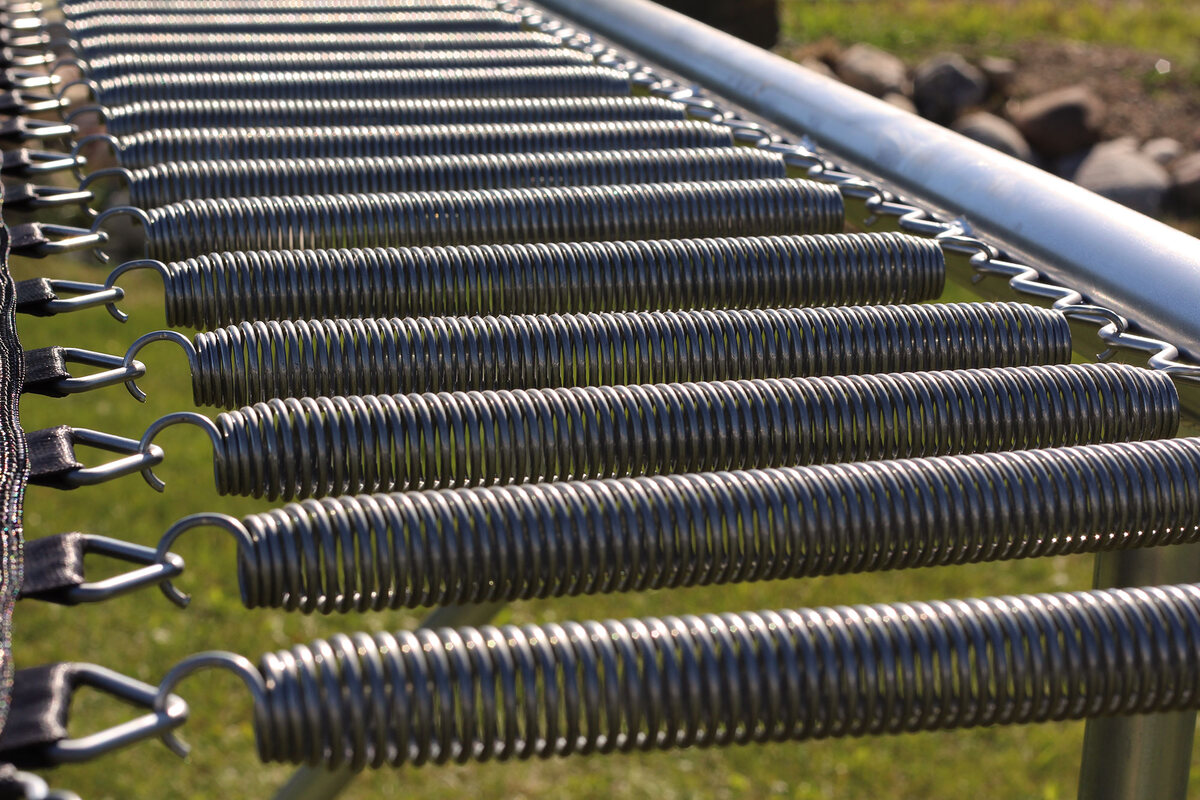
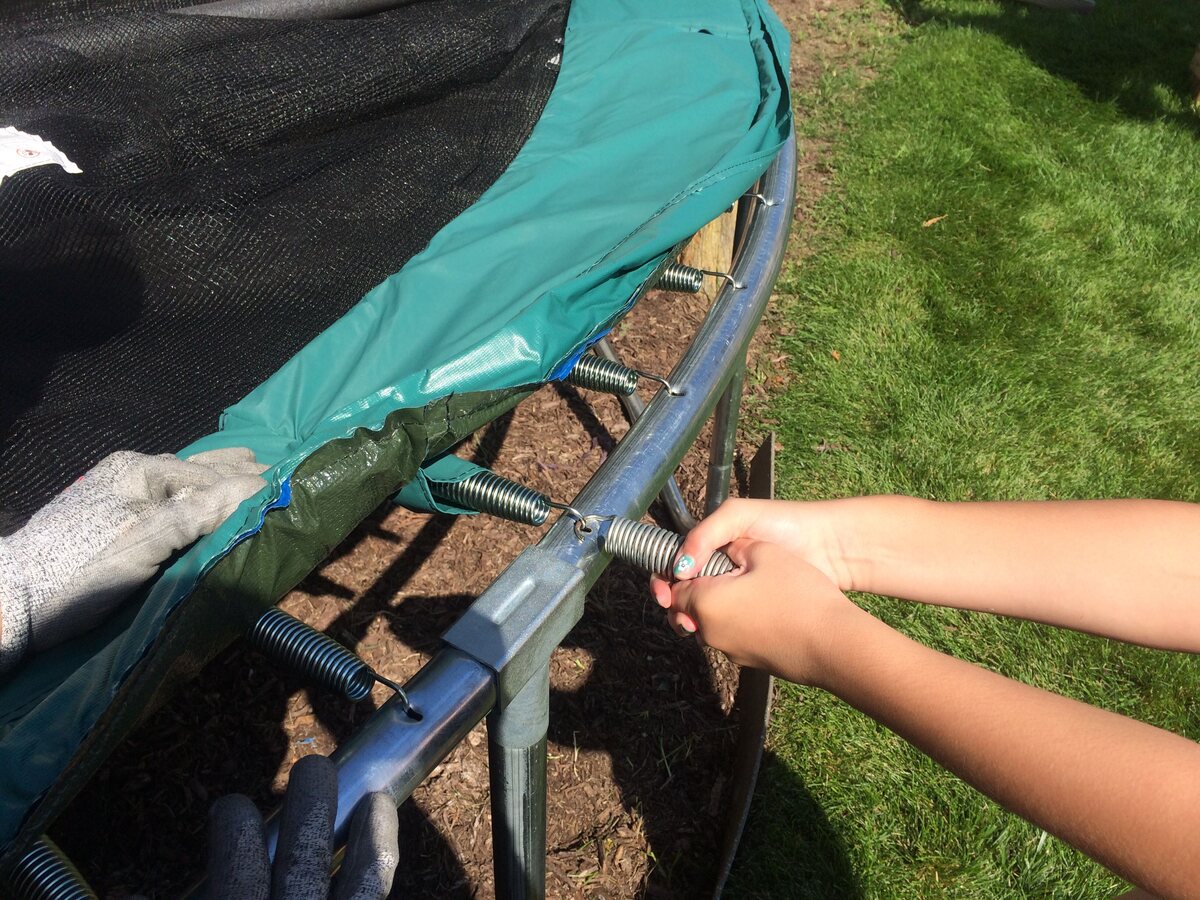
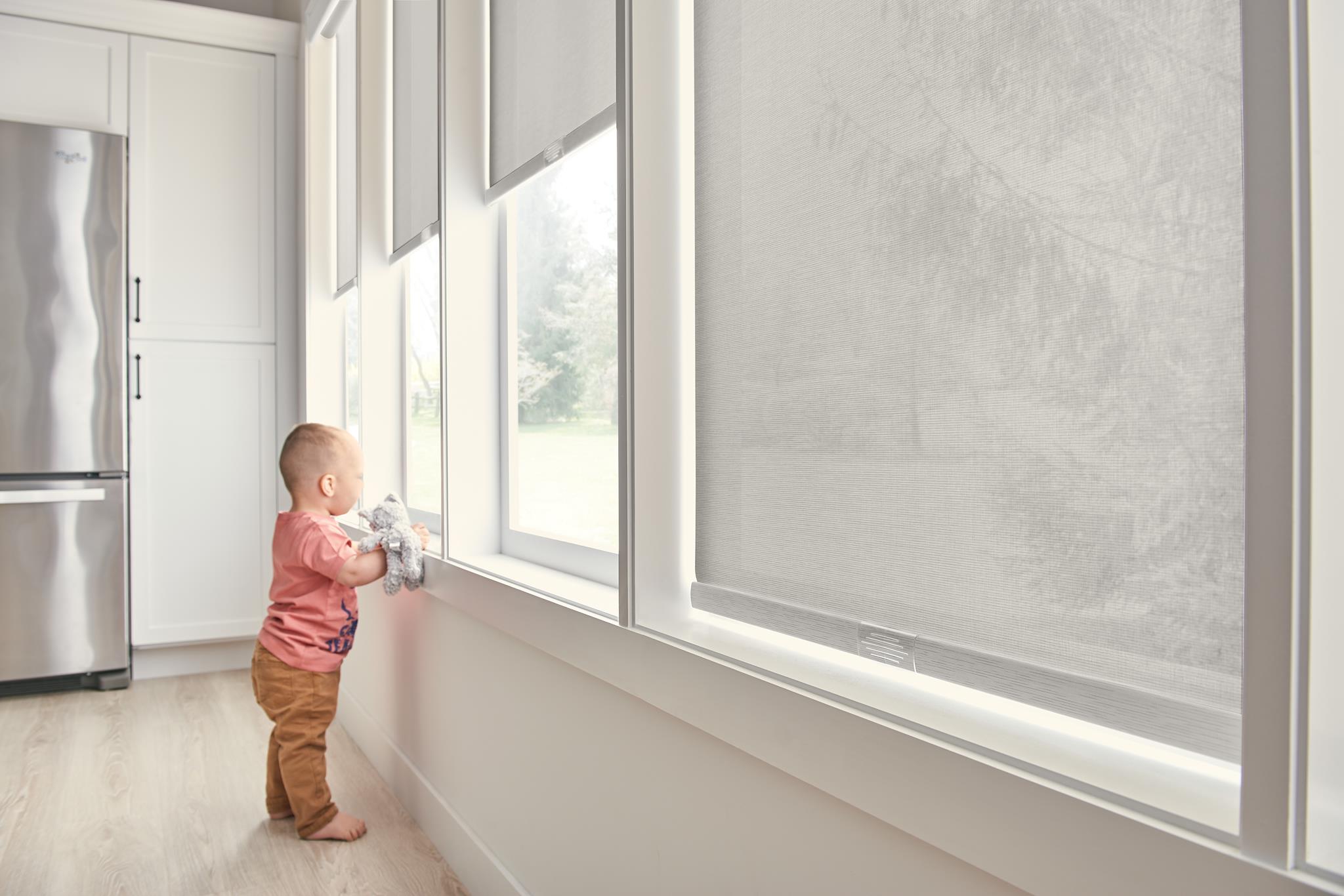
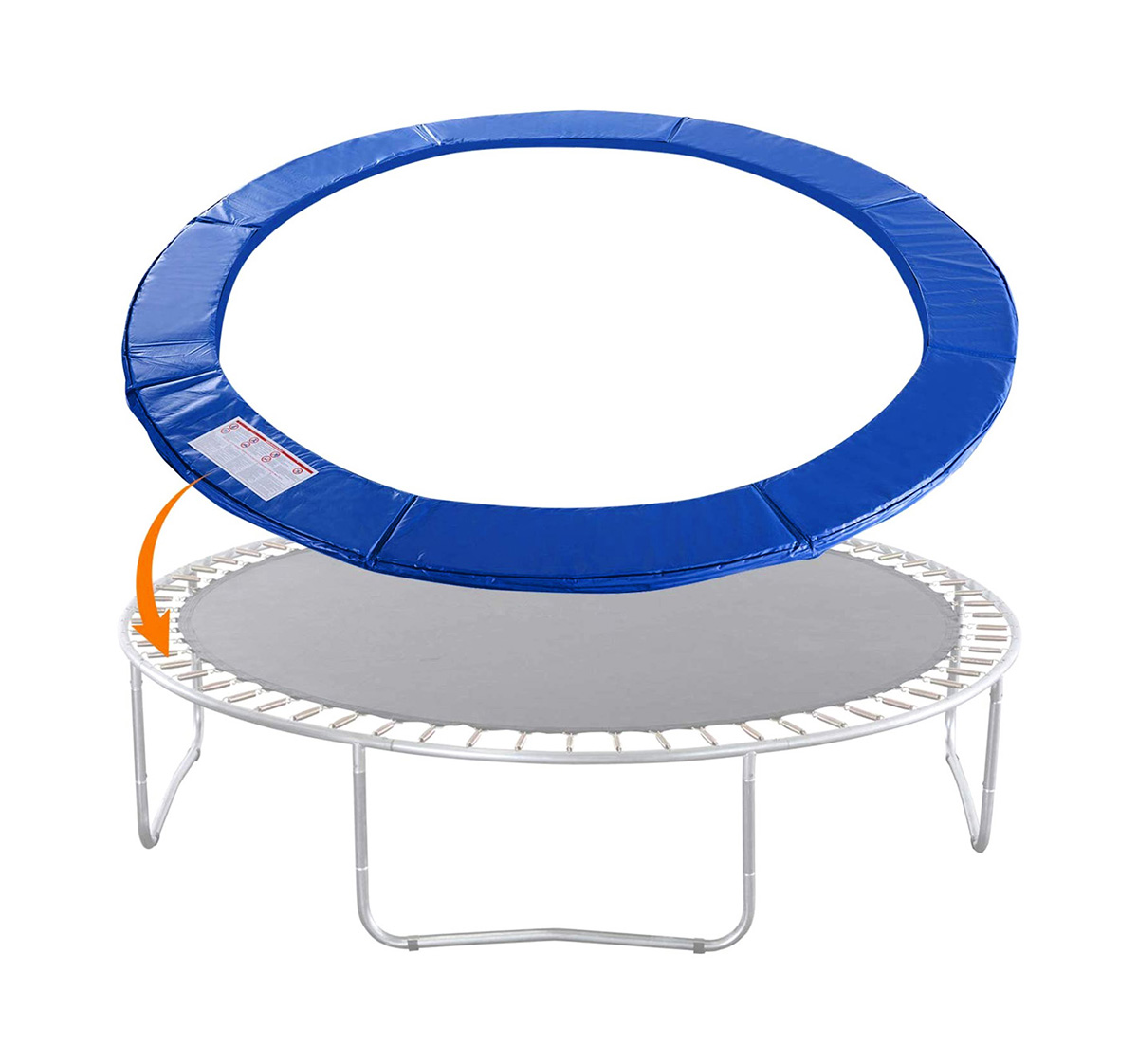
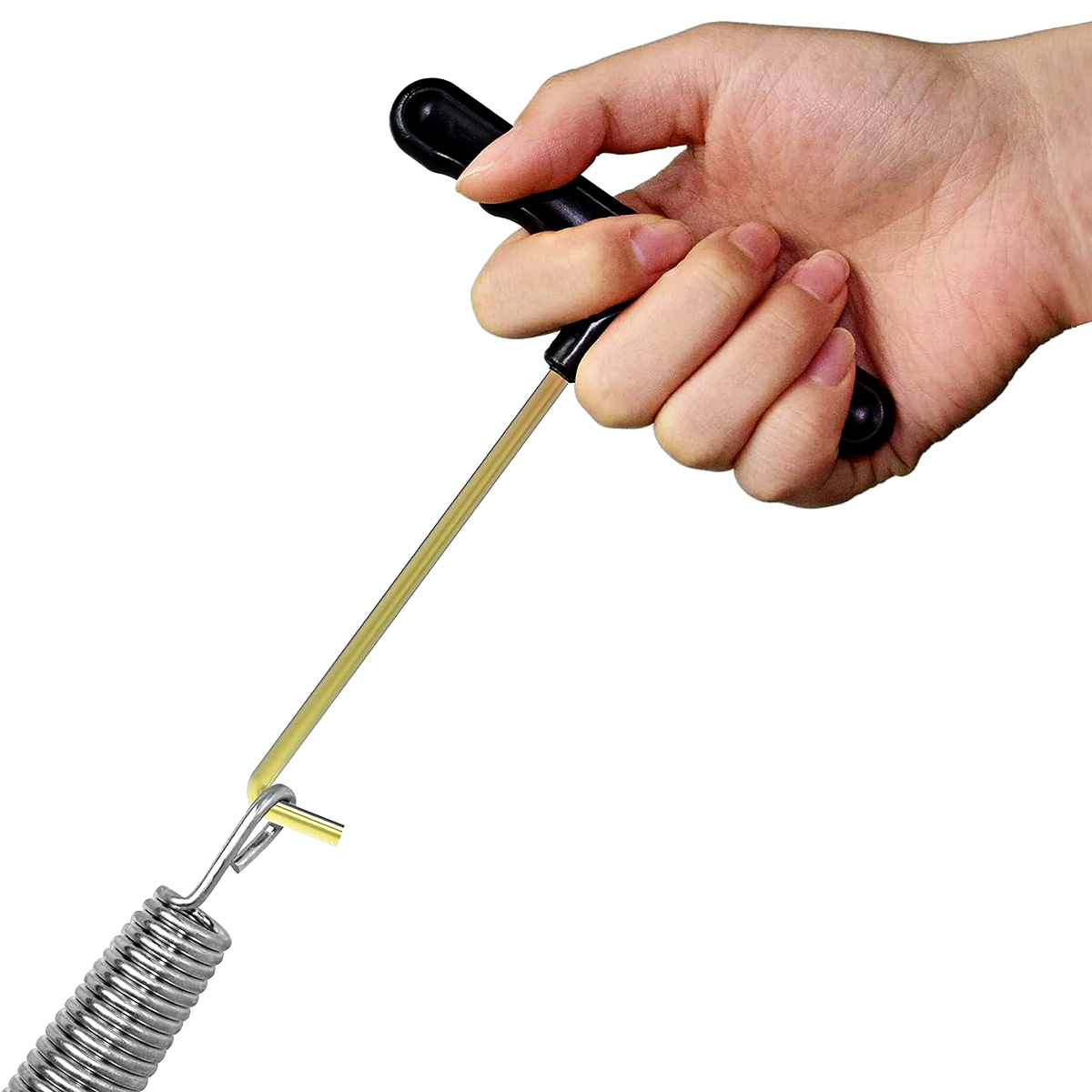
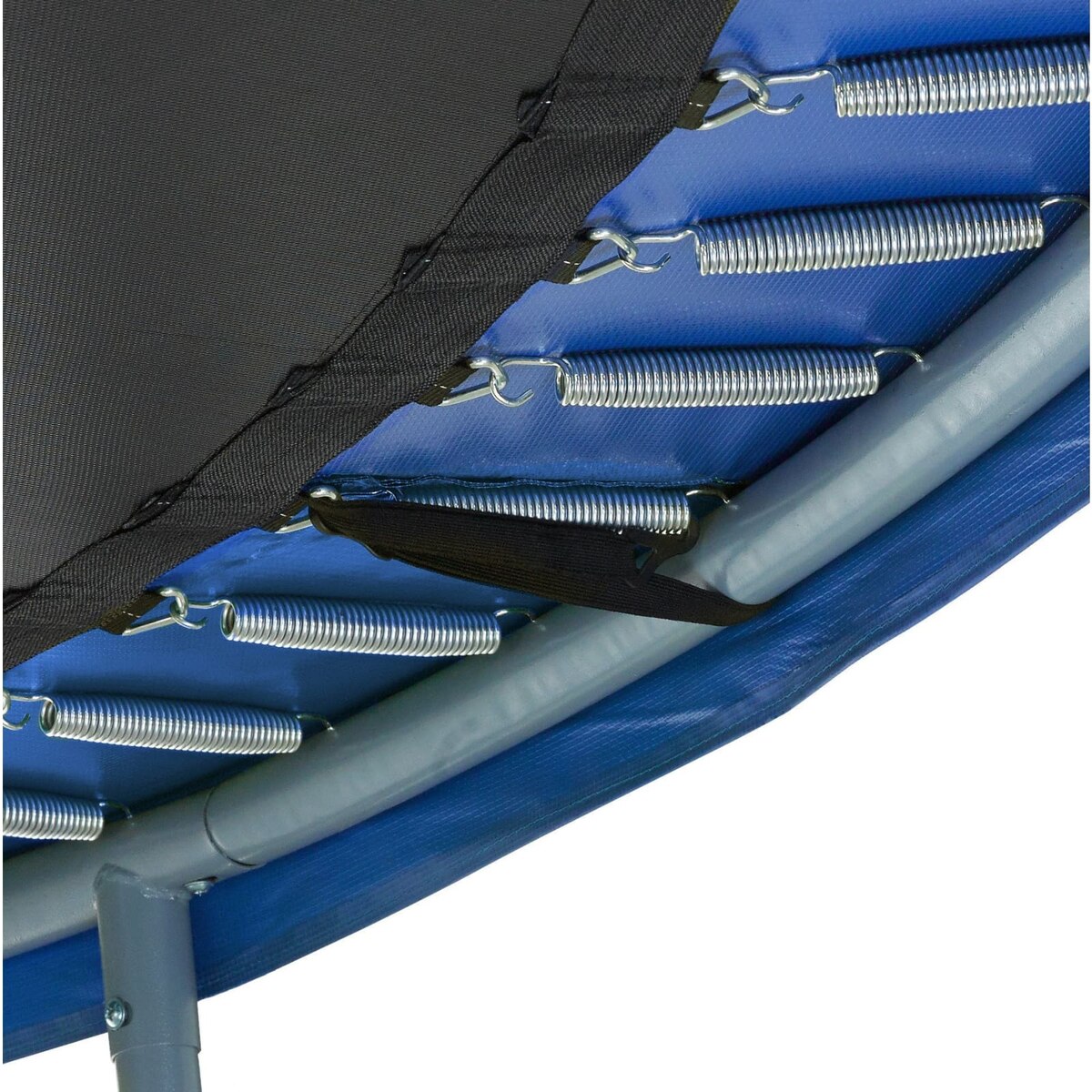
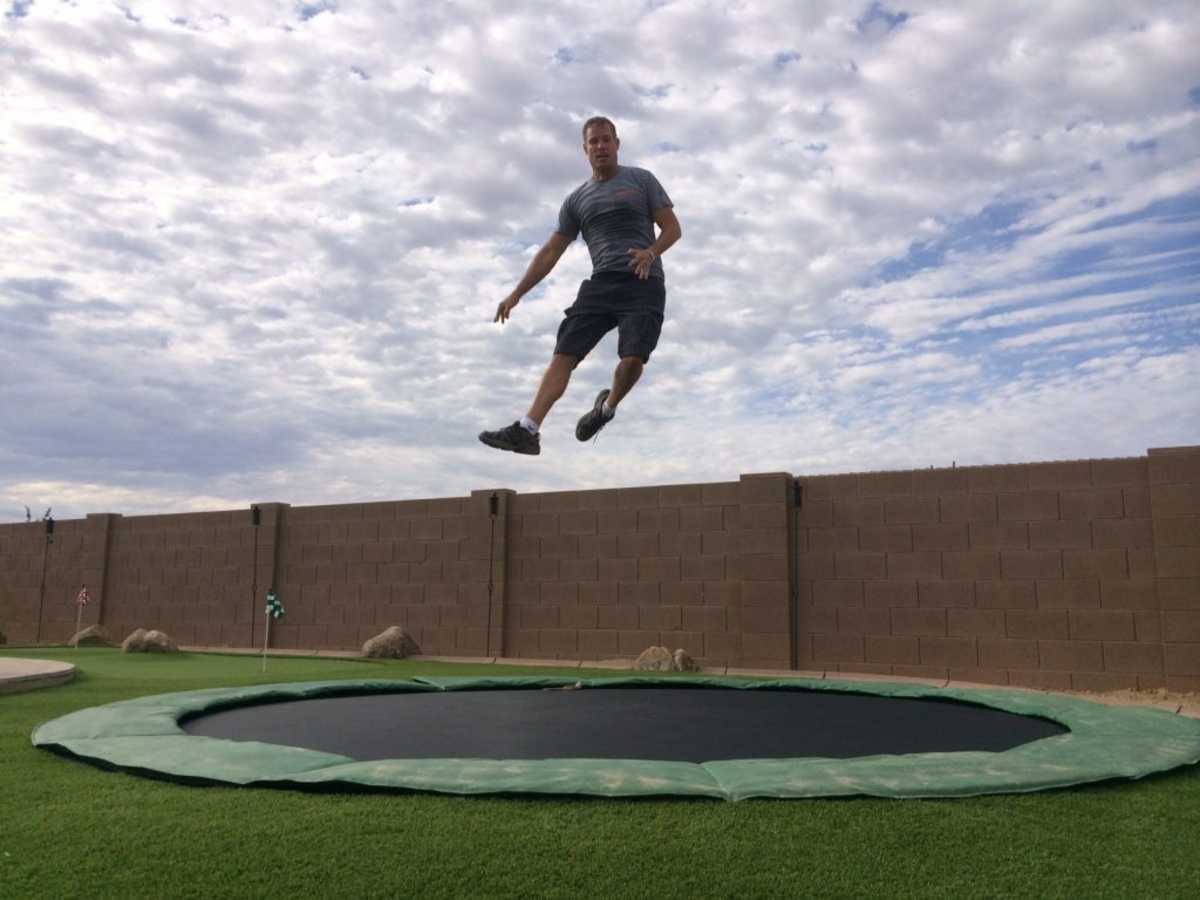
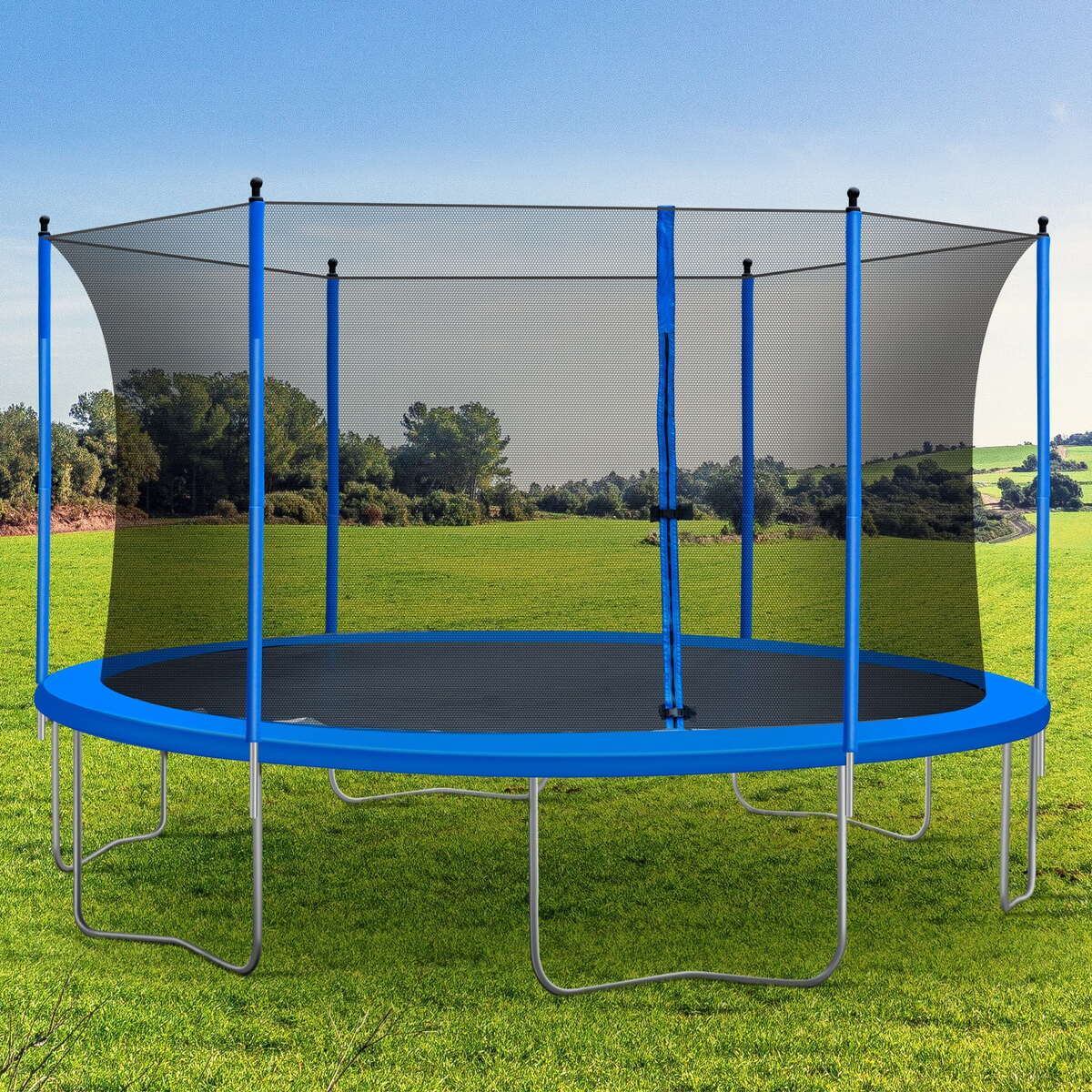

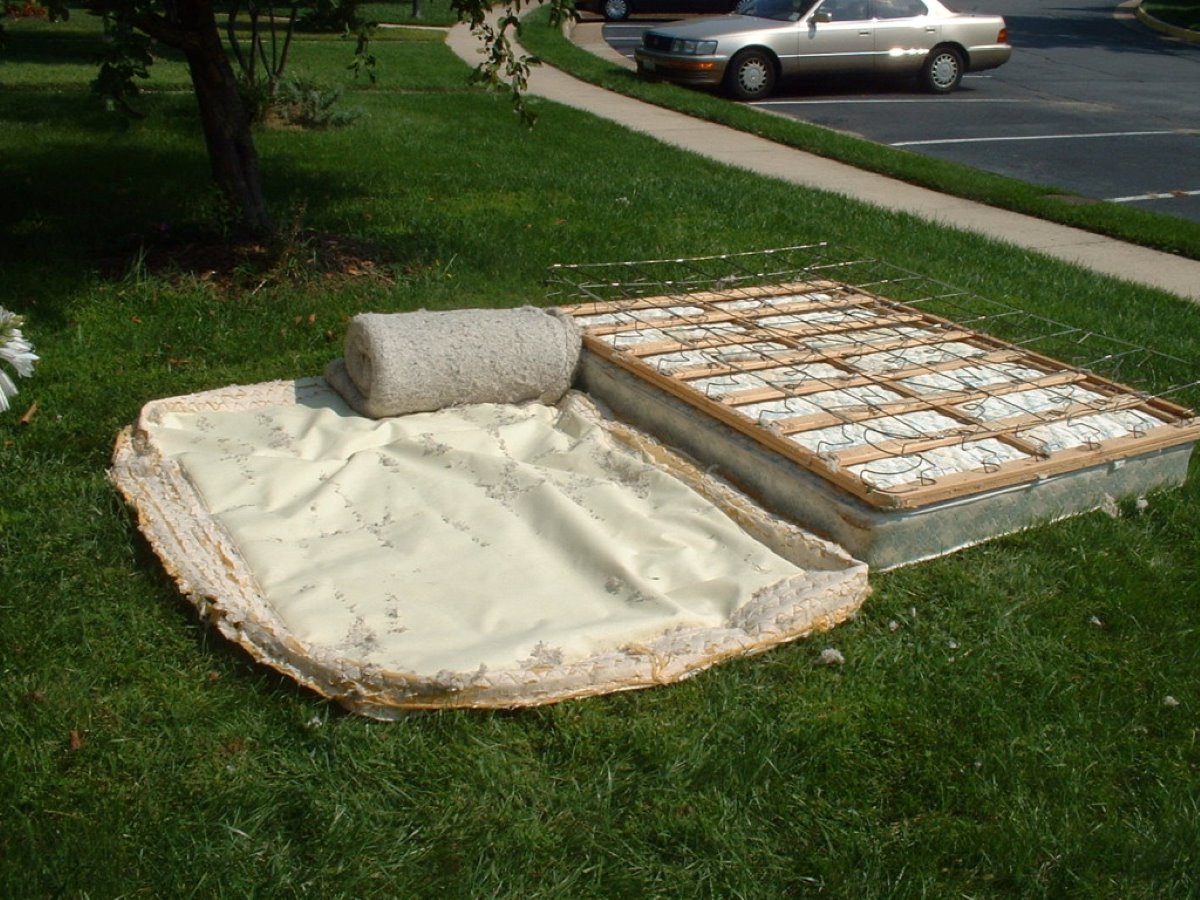

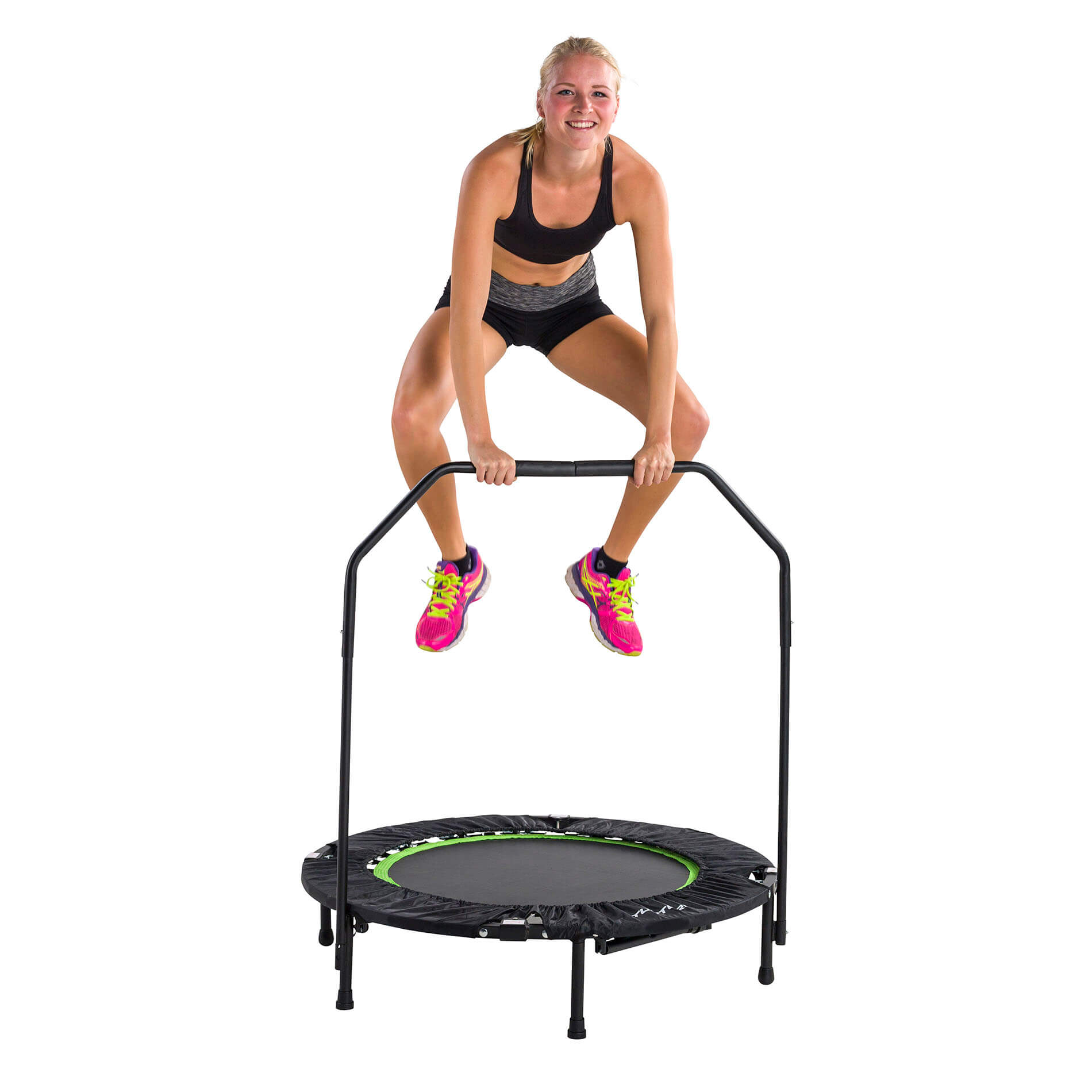
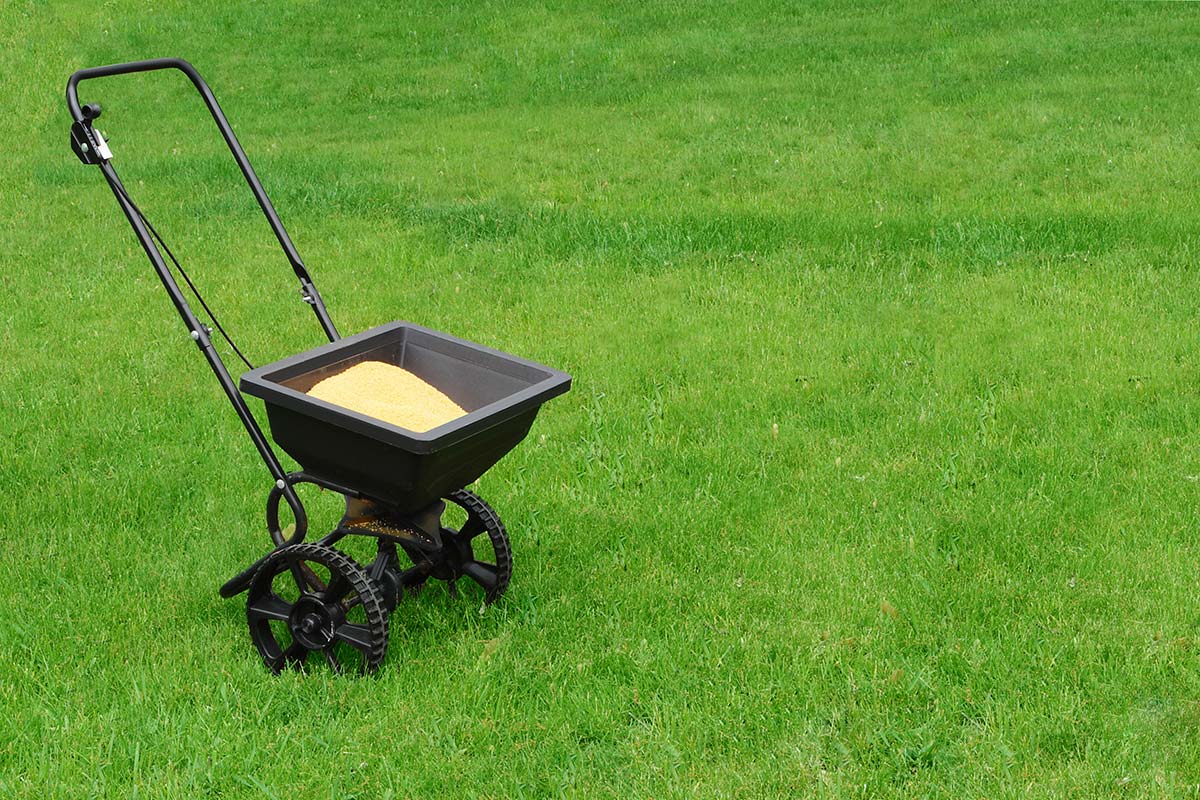
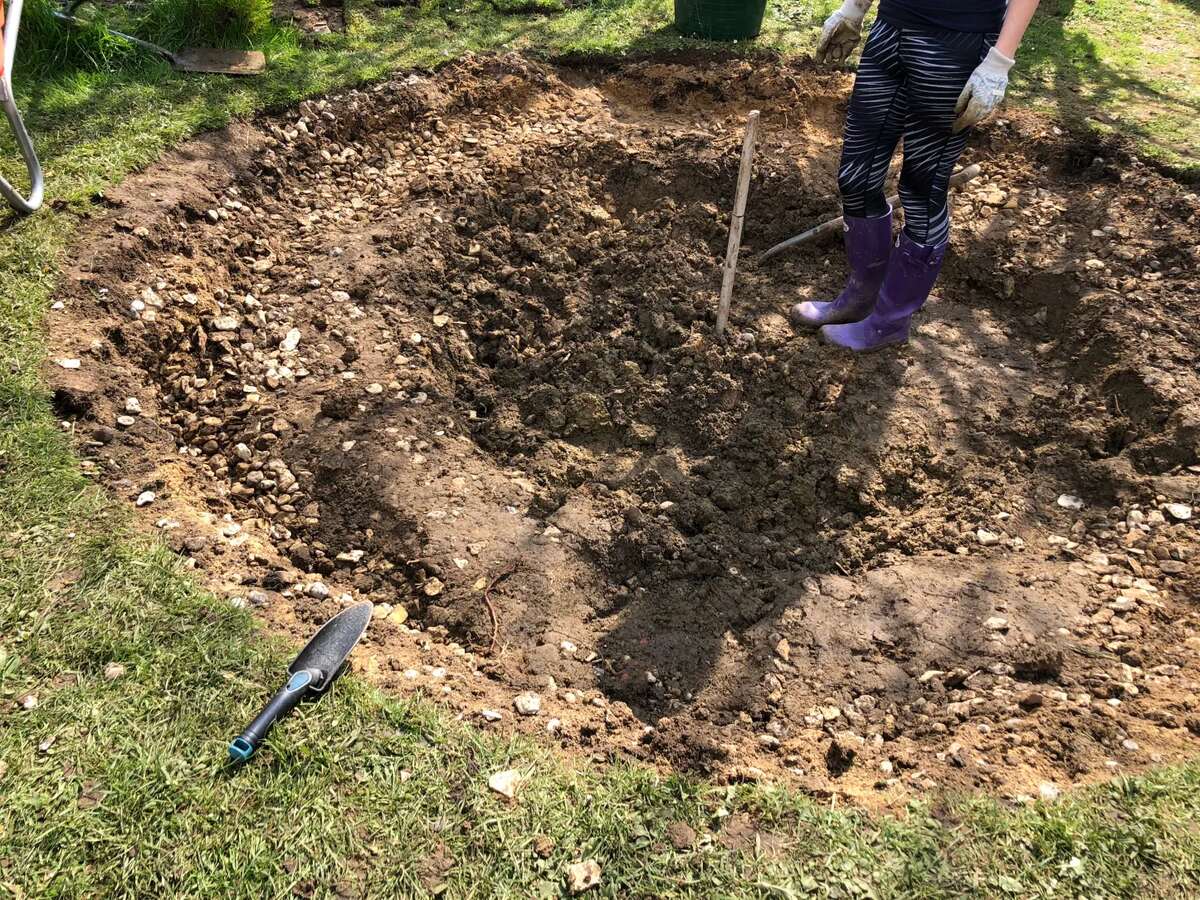
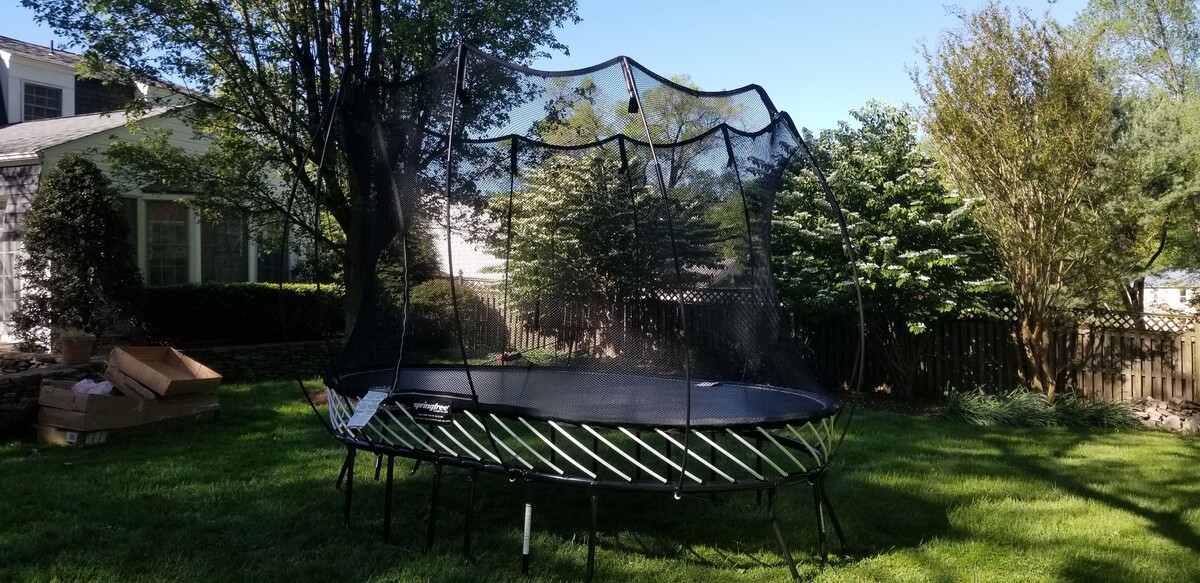

0 thoughts on “How To Measure A Trampoline Spring”